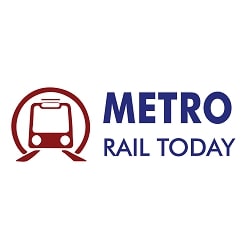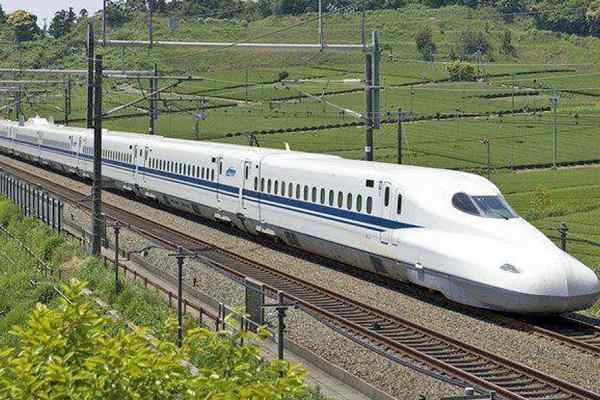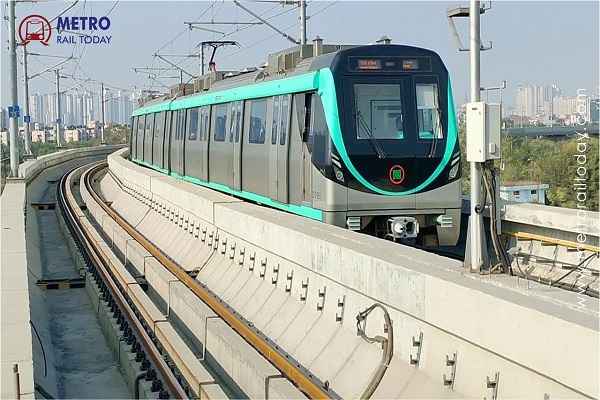 Ayesa India wins Design Consultancy Contract for Noida Metro Aqua Line Extension
Ayesa India wins Design Consultancy Contract for Noida Metro Aqua Line Extension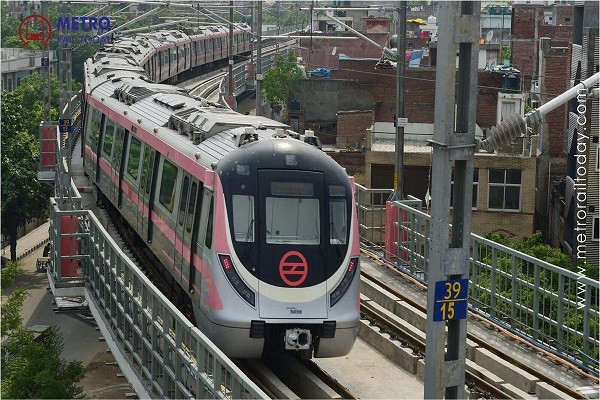 Vossloh Cogifer bags Track Infrastructure Contract for Delhi Metro Phase 4 Corridors
Vossloh Cogifer bags Track Infrastructure Contract for Delhi Metro Phase 4 Corridors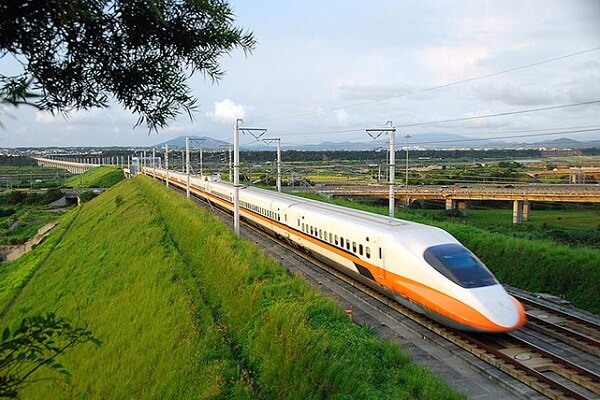 Railway finalised revised alignment for ₹16,000-crore Pune–Nashik Semi High-Speed Rail Corridor
Railway finalised revised alignment for ₹16,000-crore Pune–Nashik Semi High-Speed Rail Corridor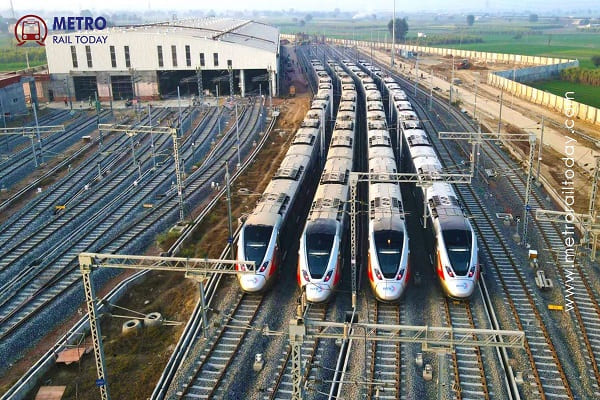 India’s First High-Speed, Signalling-Integrated CMV launched for Namo Bharat RRTS Corridor
India’s First High-Speed, Signalling-Integrated CMV launched for Namo Bharat RRTS Corridor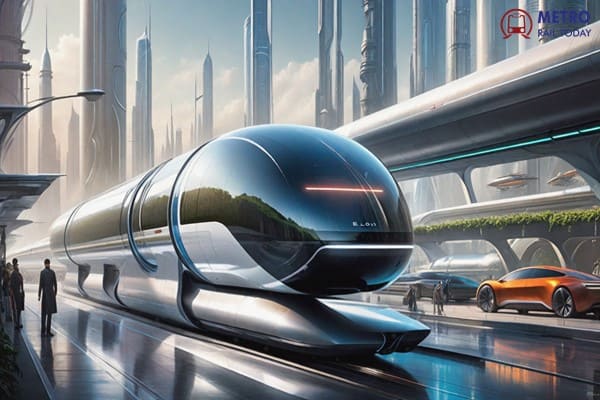 TuTr Hyperloop secures First-Ever Order from Deendayal Port Authority
TuTr Hyperloop secures First-Ever Order from Deendayal Port Authority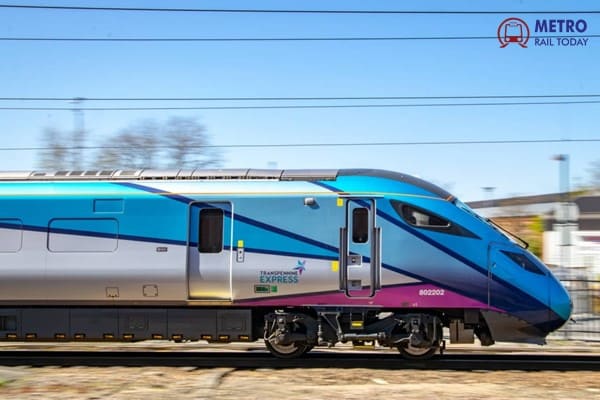 BEML bags ₹157 Crore Order from Loram Rail for Switch Rail Grinding Machines
BEML bags ₹157 Crore Order from Loram Rail for Switch Rail Grinding Machines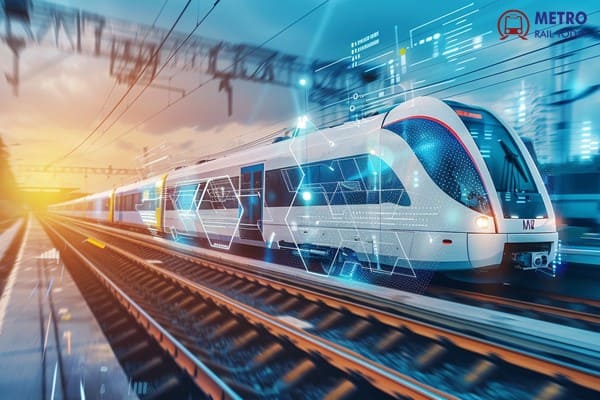 MxV Rail and KRRI forge Global Research Alliance to accelerate Next-Generation Rail Technologies
MxV Rail and KRRI forge Global Research Alliance to accelerate Next-Generation Rail Technologies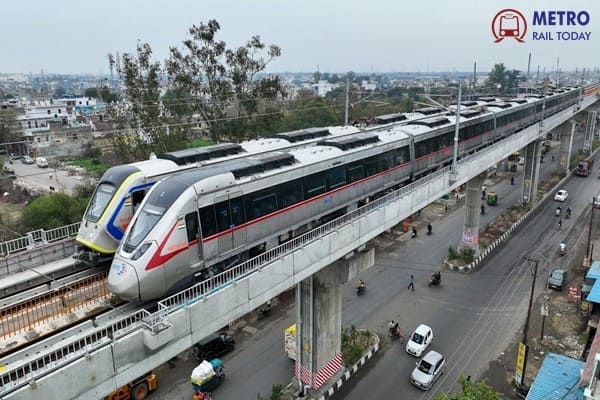 Uttarakhand seeks Pre-Feasibility Study for Meerut-Haridwar-Rishikesh RRTS Corridor
Uttarakhand seeks Pre-Feasibility Study for Meerut-Haridwar-Rishikesh RRTS Corridor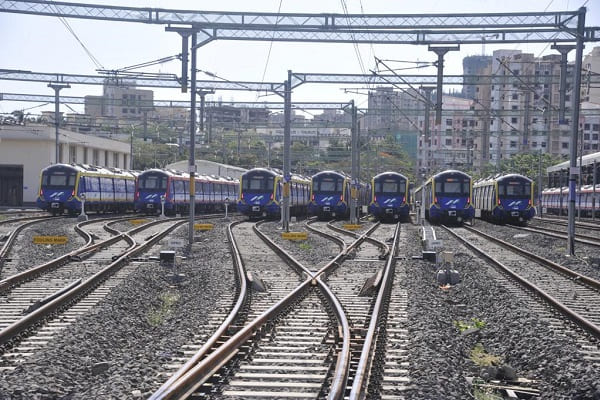 RIFTEK achieves major milestones in partnership with Indian Metro Rail Systems
RIFTEK achieves major milestones in partnership with Indian Metro Rail Systems Egypt all set to launch Alexandria Metro Phase 1 by 2026
Egypt all set to launch Alexandria Metro Phase 1 by 2026
Will speeds of Indian trains ever increase?
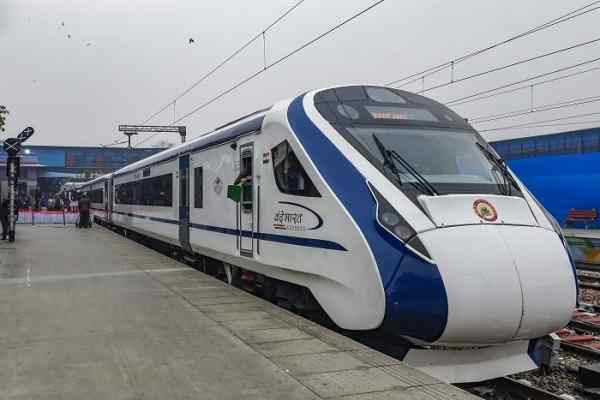
Development of Train 18 — Vande Bharat Express — the first semi-high-speed train of Indian Railways (IR), and the subsequent announcement of its large-scale proliferation with 400 rakes in three years, raised the hope that India would soon have a sizeable sector of such trains. The semi-high-speed sector is ill-defined but in the Indian context, stuck as we are in the mail/express train speed range of 110 to 130 km/h for decades, it would mean passenger train operation in the speed range of 160 to 200 km/h.
The reality, however, is far removed from the hope. IR has only a small stretch of track and allied infrastructure between Delhi and Agra which is fit for trains to run at 160 km/h.IR has been talking about running coaching trains at 160km/h speed for more than five decades since the 1960s and the timeline for achieving the number of times has been revised, embarrassingly, on several occasions. IR’s flagship trains, Rajdhanis and Shatabdis continue to ply at the same maximum speeds up to 130 km/h since their induction.
Another important aspect which is perhaps as important, if not more, than the maximum speed of operation is the average speed of trains. It calibrates the capacity of IR to run passenger trains consistently at a good speed. Comptroller and Auditor General of India recently tabled a report in parliament, berating IR for not making any perceptible improvement in the running speed of mail/express trains despite spending a significant amount of `2.5 lakh crore on track infrastructure between 2008 and 2019. The report stated that the average speed of such trains in 2019-20 was only 50.6 km, which is less than a percent higher than what was registered a decade back. IR has talked about ‘Mission Raftaar’ since 2016-17, which envisaged raising the average speed of these trains from 50kmph to 75kmph by 2021-22. While the target has been missed by a mile, there appears to be no hope of achieving an average speed of even 60 Km/h in near future.
A project to increase the maximum speed of operation to 160 km/h on the Delhi-Howrah and Delhi-Mumbai section is in hand for some years. While the declared target date of completion is March 2023, the project is not likely to see completion by then, or even by 2024. IR must look at its strategy closely as such default indicates some gaps in planning, financing and execution.
Let us see this from a global perspective. There are more than 20 countries where passenger trains run at a speed of 200kmph or more; there are many countries that have achieved this by upgrading their existing track, allied infrastructure and rolling stock, including tilting, to raise average and maximum speeds to the range of 150 and 225kmph respectively; but after the fiasco of the Talgo train trial drama, this may be a distant dream for IR. This is evident since so far as IR has not even formulated the guidelines for construction and maintenance of assets for speed beyond 160kmph, although R&D arm of IR, RDSO was assigned the task more than three years ago.
A glance at the timetable published by the IR (for the period July 2019-June2020) shows that even for trains like Vande Bharat, Tejas & Shatabdi expresses on different routes, there is a vast difference in actual average speeds. While the highest average speed is only 96 Kmph for Varanasi-New Delhi Vande Bharat, it is as low as 53 Kmph for Dehradun and Kathgodam Shatabdi. This is mainly on account of various permanent and temporary speed restrictions and operational factors like a number of halts & time allowances provided in the timetable for planned maintenance works and unforeseen incidents. Unless these impediments are removed in a time-bound manner, merely increasing the maximum speed will provide an only limited advantage in terms of the overall reduction in travel time in spite of prohibitive capital expenditure.
The average speeds remain low even with the induction of more powerful locomotives also because of differential speeds of various trains as all of them, including freight trains, share the same track with curves on which speeds are regulated and the maximum speeds are achieved only for a small time in a run. The impact of laying flatter horizontal curvature on average speeds is evident from the experience of the Mumbai and Madgaon section of the Konkan Railway which was originally built for 160kmph speed potential with flatter curves and hardly any permanent speed restrictions; on this section, Tejas express is able to achieve an average speed of 85kmph in spite it being non-electrified single line.
With multiple objectives of speed and capacity, IR sanctioned the project to increase the speed to 160kmph on the New Delhi-Howrah and New Delhi-Mumbai Central routes, to be completed by March 2023, at a cost of about 17000 cr. The scope of the project includes fencing, Automatic Train Protection System, Mobile Train Radio Communication and automated and mechanized diagnostic systems. A major portion of 17000 cr is planned through institutional financing (about `16000 cr) and till March 2020, no expenditure has been incurred. In addition, the cost of removal of all level crossings is funded separately. Under the circumstance, completion of these two works by end of this fiscal looks too far-fetched and there is a high risk of severe cost and time overruns.
It is conceivable that once this infrastructure is put in place, the maximum speed capability of Train 18 type rolling stock can be increased to 200kmph with minor inputs from IR engineers themselves. As for the increase in average speeds, IR should try out tilting in some Train 18s to assess its reliability in the Indian environment.
With the fillip given in recent years to the construction of expressways, improvements in designs and comfortable speeds of cars, affordability of modern tourist taxis and higher penetration of air travel, IR will find it difficult to even retain its present share of passenger traffic. If the travel time of inter-city Shatabdi type day trains is not reduced by increasing the average as well as maximum speed, rail travel may no longer offer a significant journey time advantage over road, beset as it is already with an extra travel time to and from the station. Readers would recall that the Mumbai-Pune Shatabdi express had to be discontinued because of poor patronage after the commissioning of the Mumbai-Pune expressway. Similarly, unless the travel time of Rajdhanis is reduced drastically, making services like New Delhi to Mumbai and Howrah truly overnight, a similar scenario may emerge after the completion of new expressways.
It is obvious that irrespective of the road quality, a Ferrari will run only with the speed of an auto-rickshaw in Chandni Chowk; for the same reason, if IR is genuinely serious to run semi-high-speed trains on existing tracks, with a decent average speed, say around 120 km/h, then the whole eco-system needs a relook; improvements in rolling stock, particularly on reducing the gap between freight and passenger train speed, time-tabled running of goods trains, reliability of assets and completing the two projects of 160kmph, without much permanent speed restriction, expeditiously.
With a young and dynamic minister in charge of Railways, the time to act is now.
[MK Gupta is a retired Member (Engineering) and Sudhanshu is a retired General Manager, Indian Railways. Both are independent rail consultants. The views expressed are personal. This article first appeared in the daily pioneer.]




